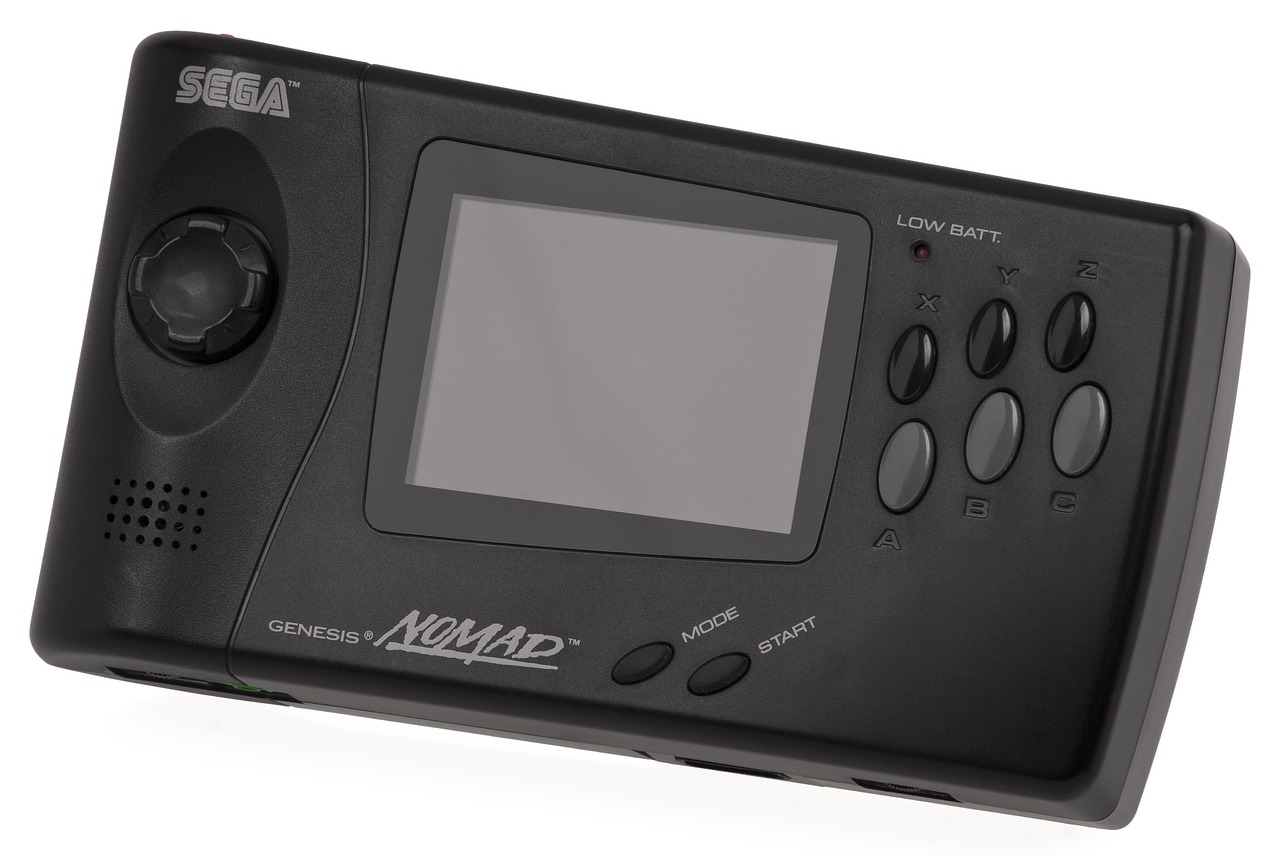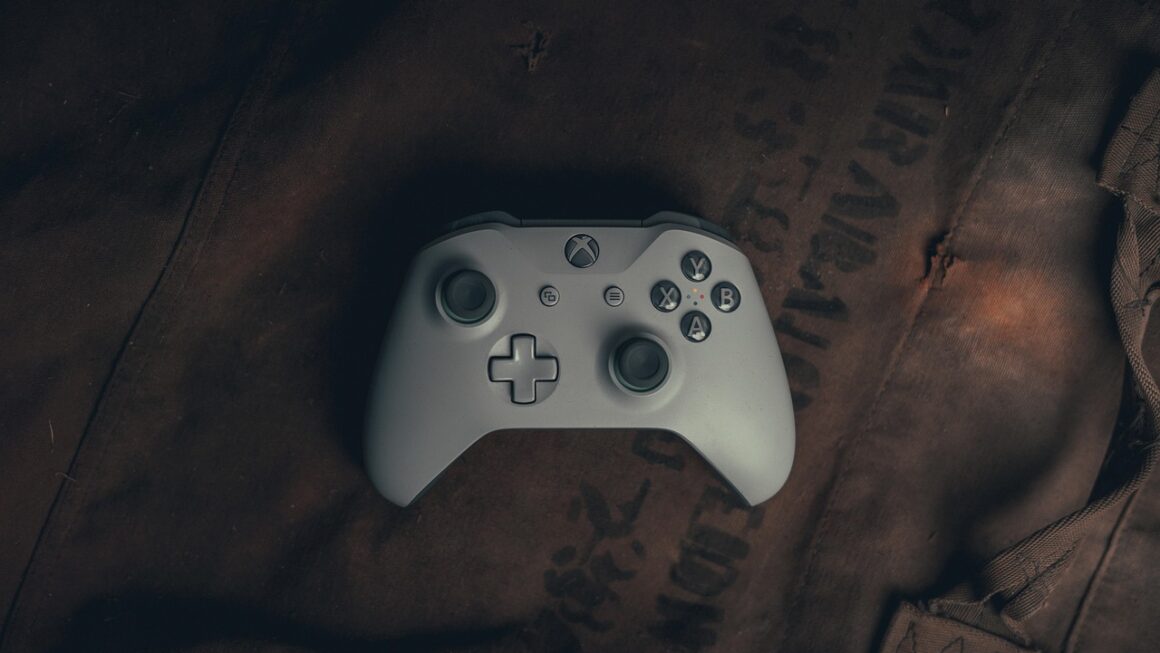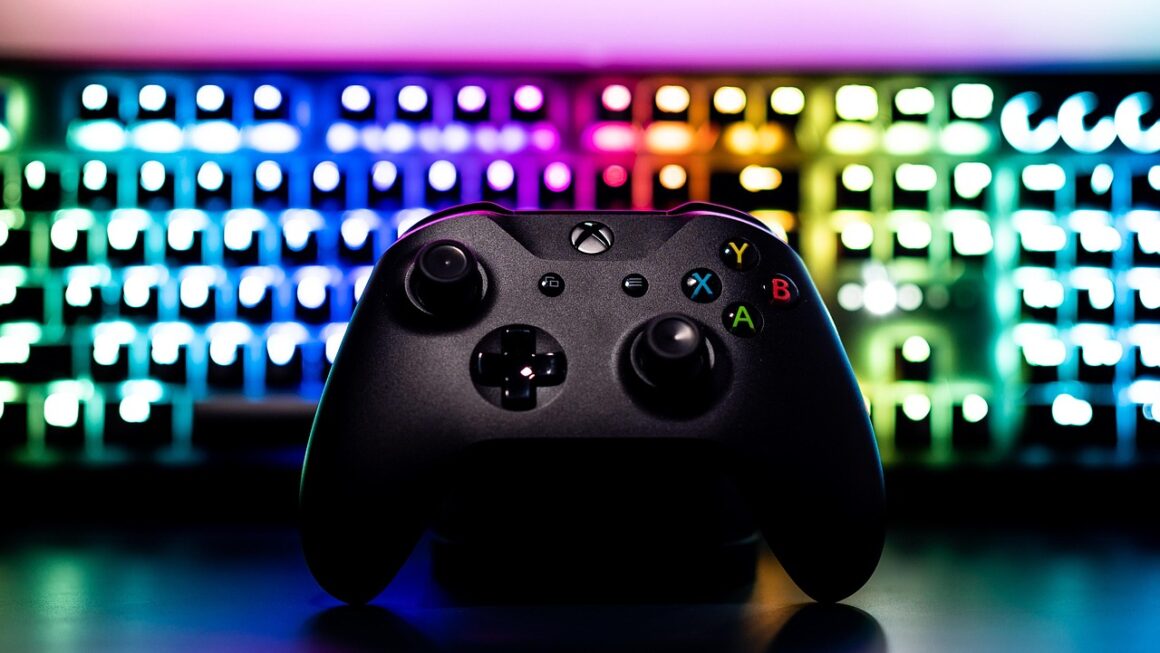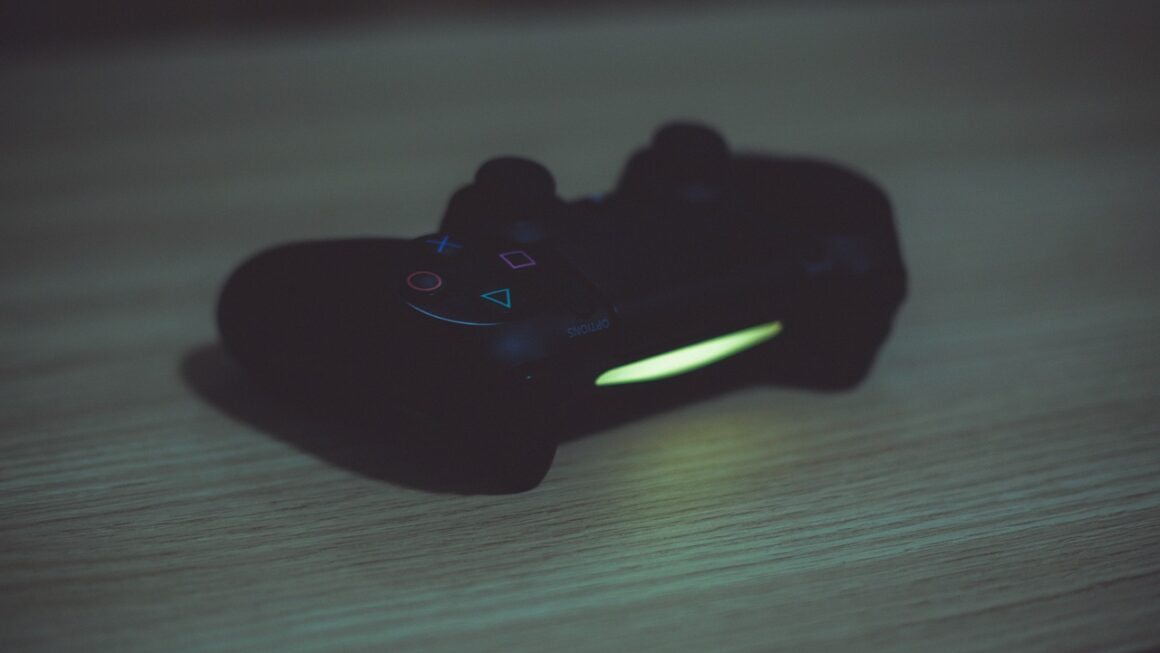Ready to ditch that lag and dive headfirst into immersive gaming experiences? Forget clunky desktops and tangled wires; the world of gaming laptops has evolved, offering power and portability in sleek, powerful packages. Whether you’re a seasoned pro or just starting your gaming journey, choosing the right gaming laptop can feel overwhelming. This guide will break down everything you need to know to find the perfect machine to conquer virtual worlds, wherever you are.
Understanding Gaming Laptop Specs: What Matters Most
Processor (CPU): The Brain of the Operation
The CPU is the brain of your gaming laptop, handling all the background tasks and calculations that keep your games running smoothly. Look for processors with high clock speeds and multiple cores. Intel Core i7 and i9 series, as well as AMD Ryzen 7 and 9 series, are excellent choices for gaming.
- Intel: Generally, Intel CPUs are known for their single-core performance, which is important for many games. Models like the Intel Core i7-13700H or i9-13900HX are popular choices.
- AMD: AMD Ryzen CPUs offer strong multi-core performance and are often a better value for the performance they deliver. Consider the Ryzen 7 7735HS or Ryzen 9 7945HX.
Takeaway: Prioritize newer generation CPUs with higher clock speeds (measured in GHz) and at least 6 cores for optimal gaming performance.
Graphics Card (GPU): Your Visual Powerhouse
The GPU is arguably the most important component for gaming. It’s responsible for rendering the graphics you see on screen. NVIDIA GeForce RTX and AMD Radeon RX series are the go-to options for gaming laptops.
- NVIDIA GeForce RTX: NVIDIA RTX cards offer features like ray tracing and DLSS (Deep Learning Super Sampling), which significantly improve visual quality and performance. The RTX 4060, RTX 4070, RTX 4080, and RTX 4090 are common in gaming laptops.
- AMD Radeon RX: AMD Radeon RX cards offer excellent performance and often a more competitive price point. Look for RX 7600M XT, RX 7700S, RX 7900M.
VRAM (Video RAM): VRAM is dedicated memory for the GPU. At least 6GB of VRAM is recommended for modern games, with 8GB or more being ideal for high-resolution gaming and demanding titles. Pay attention to the wattage (TGP) of the GPU as well – a higher wattage GPU generally performs better, but it can impact battery life and thermal performance.
Takeaway: Aim for the most powerful GPU within your budget, considering both the model number and the VRAM. Research the TGP of different models to understand their real-world performance.
RAM: Keeping Things Running Smoothly
RAM (Random Access Memory) is crucial for multitasking and preventing slowdowns while gaming. 8GB is the absolute minimum, but 16GB is highly recommended, especially for modern games and streaming. 32GB is becoming increasingly common, especially for high-end gaming laptops and those that will also be used for content creation.
- Speed: Look for RAM with higher speeds (measured in MHz). DDR5 is the latest standard, offering significant performance improvements over DDR4.
- Dual-Channel: Ensure your RAM is running in dual-channel configuration for optimal performance. This means using two RAM sticks instead of one (e.g., two 8GB sticks instead of one 16GB stick).
Takeaway: 16GB of RAM should be your starting point, with faster speeds (DDR5 if possible) and dual-channel configuration being ideal.
Storage: SSD vs. HDD
A Solid State Drive (SSD) is essential for fast boot times, quick game loading, and overall responsiveness. Avoid laptops that only have a traditional Hard Disk Drive (HDD) – the difference in speed is significant.
- SSD Types: NVMe SSDs are significantly faster than SATA SSDs. NVMe drives connect directly to the motherboard via the PCIe interface, offering much higher transfer speeds.
- Storage Capacity: 512GB is a good starting point for storing your operating system, essential programs, and a few games. 1TB or more is recommended if you plan to install a large library of games.
Tip: Consider a laptop with both an SSD for the operating system and frequently played games, and an HDD for mass storage of less frequently used files.
Takeaway: Prioritize an NVMe SSD for your operating system and games. Choose a storage capacity that meets your needs and consider a secondary HDD for additional storage if needed.
Display: Immersive Visuals
The display plays a crucial role in your gaming experience. Here’s what to look for:
- Resolution: 1920×1080 (1080p) is the standard for gaming laptops, offering a good balance of visual quality and performance. 2560×1440 (1440p) displays offer sharper visuals, but require a more powerful GPU. 4K (3840×2160) displays offer the highest visual fidelity but can be demanding on performance.
- Refresh Rate: A higher refresh rate (measured in Hz) results in smoother motion and less blur. 144Hz is the minimum recommended for gaming, with 240Hz or 360Hz being ideal for competitive games.
- Response Time: Lower response times (measured in milliseconds) reduce ghosting and blurring. Aim for a response time of 5ms or lower.
- Panel Type: IPS panels offer better color accuracy and viewing angles compared to TN panels. OLED panels offer even better contrast and color accuracy but are less common and more expensive.
Example: A 15.6-inch, 1080p display with a 144Hz refresh rate and a 3ms response time is a good starting point for gaming.
Takeaway: Prioritize a high refresh rate (144Hz or higher) and a low response time. Choose a resolution and panel type that suits your preferences and budget.
Factors Beyond Performance: Beyond the Core Specs
Cooling System: Keeping Things Cool Under Pressure
Gaming laptops generate a significant amount of heat, so an effective cooling system is essential to prevent thermal throttling (where the CPU and GPU reduce their performance to avoid overheating). Look for laptops with:
- Multiple Fans and Heat Pipes: These help dissipate heat more effectively.
- Vapor Chamber Cooling: This more advanced cooling solution offers superior heat transfer.
- Well-Designed Airflow: Ensure the laptop has adequate intake and exhaust vents.
Tip: Read reviews to see how well a laptop performs under sustained gaming loads. Some laptops also offer customizable fan profiles that allow you to prioritize performance or noise levels.
Battery Life: On-the-Go Gaming
Gaming laptops are not known for their battery life. Expect to get anywhere from 1 to 5 hours of battery life while gaming, depending on the laptop and the game being played. However, battery life can be significantly longer when using the laptop for non-gaming tasks.
- Battery Size: Look for laptops with larger battery capacities (measured in Watt-hours – Wh).
- Power Efficiency: Consider the power efficiency of the CPU and GPU. AMD Ryzen CPUs are often more power-efficient than Intel CPUs.
- NVIDIA Optimus/AMD SmartShift: These technologies automatically switch between the dedicated GPU and the integrated graphics to conserve battery life when not gaming.
Note: For serious gaming, you’ll almost always need to be plugged into a power outlet.
Keyboard and Trackpad: Input Matters
- Keyboard: Look for a keyboard with good key travel, tactile feedback, and anti-ghosting (so multiple keys can be pressed simultaneously without issues). RGB backlighting is a common feature on gaming laptops.
- Trackpad: While most gamers will use a dedicated mouse, a smooth and responsive trackpad is still important for general use.
Ports and Connectivity: Staying Connected
Ensure the laptop has the necessary ports for your peripherals and accessories.
- USB Ports: Look for a mix of USB-A and USB-C ports. USB-C ports with Thunderbolt support offer faster data transfer speeds and can be used to connect external displays or docks.
- HDMI Port: For connecting to external monitors or TVs.
- Ethernet Port: For a stable wired internet connection (important for competitive gaming).
- Headphone Jack: For connecting headphones or headsets.
- Wi-Fi: Look for Wi-Fi 6 or Wi-Fi 6E for faster wireless speeds.
Budget Considerations: Finding the Sweet Spot
Gaming laptops come in a wide range of prices. Here’s a general guideline:
- Entry-Level ($800 – $1200): Offers decent performance for 1080p gaming at medium settings. Typically features an NVIDIA GeForce RTX 3050 or RTX 3050 Ti or an AMD Radeon RX 6600M.
- Mid-Range ($1200 – $1800): Provides a good balance of performance and features for 1080p or 1440p gaming at high settings. Often includes an NVIDIA GeForce RTX 4060 or RTX 4070 or an AMD Radeon RX 7600M XT or RX 7700S.
- High-End ($1800+): Delivers exceptional performance for 1440p or 4K gaming at ultra settings. Typically features an NVIDIA GeForce RTX 4080 or RTX 4090 or an AMD Radeon RX 7900M.
Tip: Consider buying a refurbished or open-box laptop to save money. Also, keep an eye out for sales and discounts, especially during holidays.
Conclusion
Choosing the right gaming laptop is a significant investment, so take your time to research your options and consider your specific needs and budget. By understanding the key specifications, cooling considerations, and other important factors, you can find a laptop that delivers an immersive and enjoyable gaming experience for years to come. Happy gaming!




